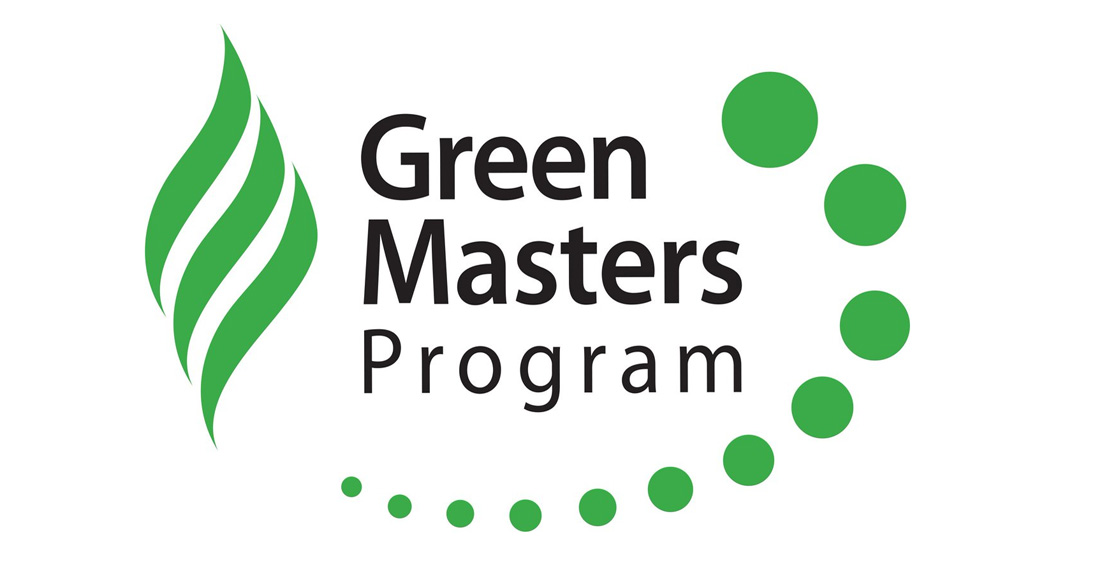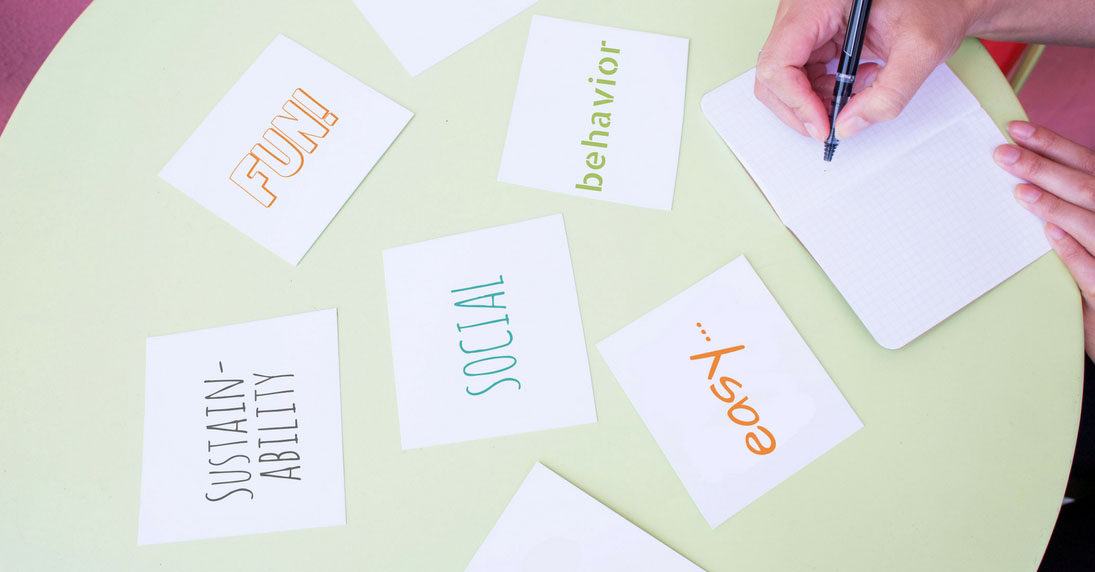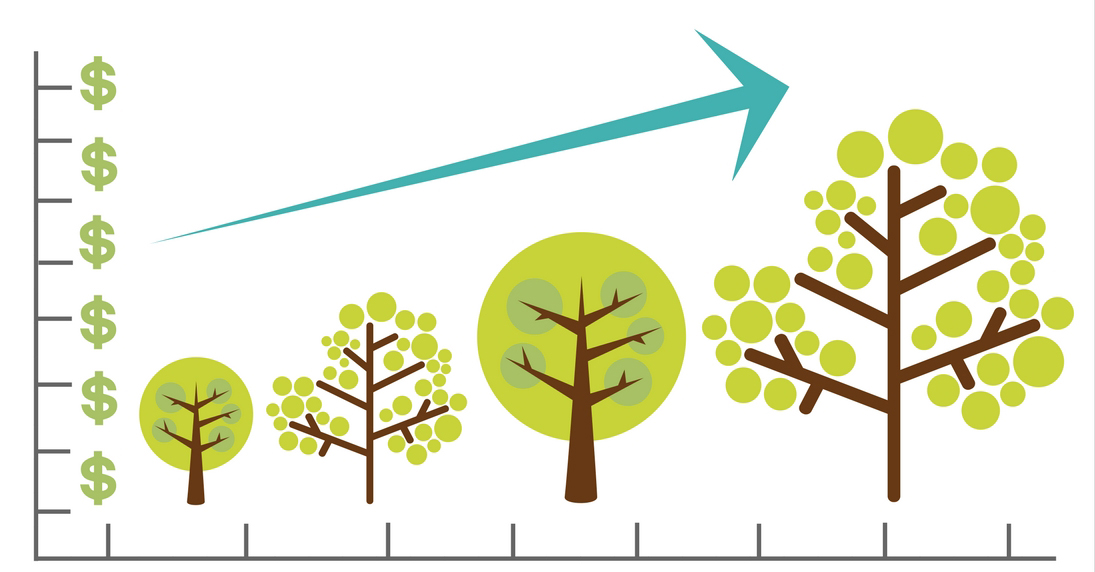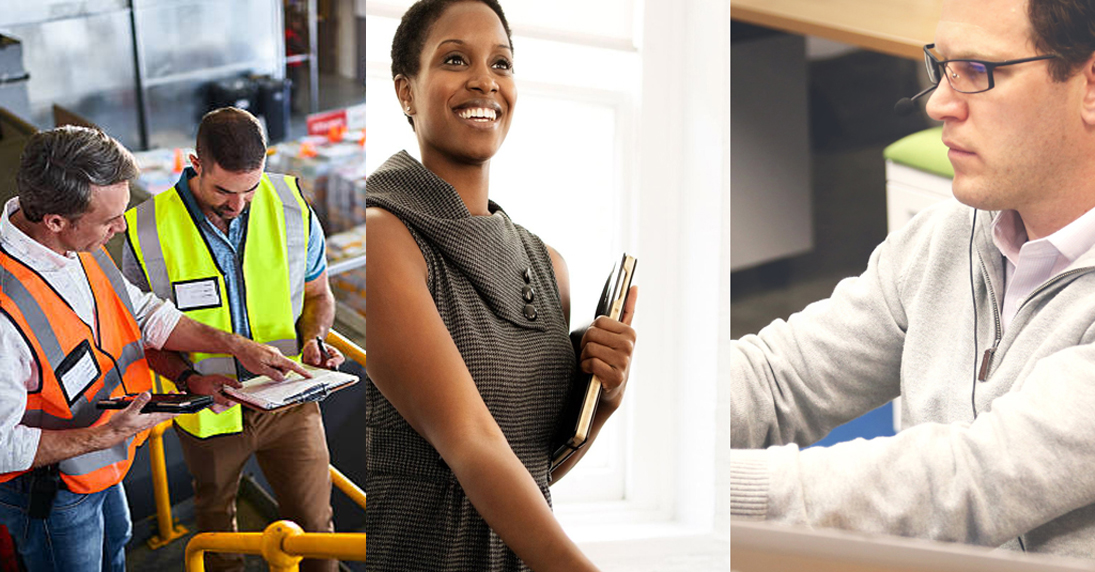Kathy Kuntz
Increasing Participation in Sustainability Programs
We get a lot of questions from sustainability leads and green teams about strategies for increasing employee participation rates. Sometimes people are curious about participation rates elsewhere, wondering if their struggles are typical or not. In other cases, the tenor of questions is more cynical—green team members tell me that their situation is unique, that people in the organization “just don’t care.”
Identifying and Measuring Sustainability Impacts for Cities

Hundreds of cities, counties, and even states made (or renewed) a public commitment to reducing greenhouse gas emissions. Some local governments made this commitment in response to President Trump’s decision to withdraw from the Paris Climate Agreement. Others re-affirmed an existing commitment. For more than a decade, cities – both large and small – have recognized the economic advantages associated with sustainability, and have set aggressive goals. At the same time, sustainability advocates have long argued that cities – with zoning authority and direct accountability to a local population – are best poised to lead on sustainability. From recycling policies, to planning decisions that make it easier to bike to work, cities are where change is happening.
Join Cool Choices and Participate in Green Masters

Last week Cool Choices completed its 2017 application for the Green Masters program, an initiative of the Wisconsin Sustainable Business Council (WSBC) – a Cool Choices partner. Green Masters is a recognition and assessment program for Wisconsin businesses interested in improving their sustainability initiatives, and offers businesses an opportunity to benchmark their efforts.
Making Sustainability Visible: Why It’s Important

When you think about changing a habit in your life, whether the habit is related to physical health, sustainability, or even your on-line habits, there are two paths you might take regarding the change: making it very visible or largely invisible. Here’s the difference:
Sustainability: Behavior Change Can be Fun, Social, and Easy

From the beginning, our mission at Cool Choices has been to inspire individuals, businesses, and whole communities to adopt sustainable practices which reduce greenhouse gas emissions. We aim to accomplish our mission by changing behaviors. Sound easy, right? Maybe not. We also aim to make sustainable behavior change fun and social. Here’s how.
The Economic Case for Sustainability in Business

Increasingly, businesses are opting for sustainability. Being environmentally sustainable really just means finding ways to cut waste, which in turn reduces operating expenses – and every successful business wants to reduce operating costs and increase profits.
WSBC Event: Wisconsin Businesses Must Be Sustainable

The Wisconsin Sustainable Business Council (WSBC) hosted a terrific conversation around sustainability standards and disclosures in conjunction with honoring its annual Sustainable Business Award winners on June 23rd, in Muskego. We review key points on these topics from three prominent speakers.
Are Fireworks Bad for the Environment?

I’ve been encouraging people to reduce waste and minimize their greenhouse gas emissions for more than 25 years now, and some questions still make me wince:
Sustainable Practices that Add Up

We often assert that small sustainable practices add up. So what are some specific examples? Honestly, the examples are everywhere!
Business Sustainability Role More Clear: Kuntz Reflects on 7 Years

I celebrated my seventh anniversary with Cool Choices last week at the Sustainable Brands conference. The event, which is very much a celebration of business leadership on sustainability coupled with a strong nudge to do more faster, was exactly the right place to be as I reflected on these past years.


